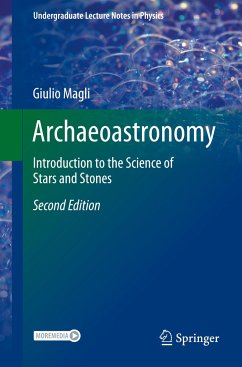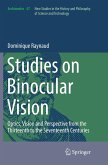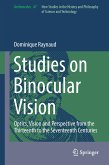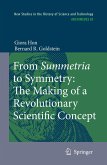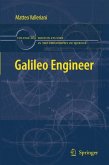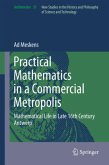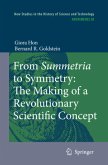This is a second edition of a textbook that provides the first comprehensive, easy-to-read, and up-to-date account of the fascinating discipline of archaeoastronomy, in which the relationship between ancient constructions and the sky is studied in order to gain a better understanding of the ideas of the architects of the past and of their religious and symbolic worlds. The book is divided into three sections, the first of which explores the past relations between astronomy and people, power, the afterworld, architecture, and landscape. The second part then discusses in detail the fundamentals of archaeoastronomy, including the celestial coordinates; the apparent motion of the sun, moon, stars, and planets; observation of celestial bodies at the horizon; the use of astronomical software in archaeoastronomy; and current methods for making and analyzing measurements. The final section reviews what archaeoastronomy can now tell us about the nature and purpose of such sites and structures as Stonehenge, the Pyramids of Giza, Chichen Itza, the Angkor Temples, the Campus Martius, and the Valley of the Temples of Agrigento. In addition, it provides a set of exercises that can be performed using non-commercial free software, e.g., Google Earth and Stellarium, and that will equip readers to conduct their own research. This new edition features a completely new chapter on archaeoastronomy in Asia and an "augmented reality" framework, which on the one hand enhances the didactic value of the book using direct links to the relevant sections of the author's MOOC (online) lessons and, on the other, allows readers to directly experience - albeit virtually -many of the spectacular archaeological sites described in the book. This is an ideal introduction to what has become a wide-ranging multidisciplinary science.
Bitte wählen Sie Ihr Anliegen aus.
Rechnungen
Retourenschein anfordern
Bestellstatus
Storno

